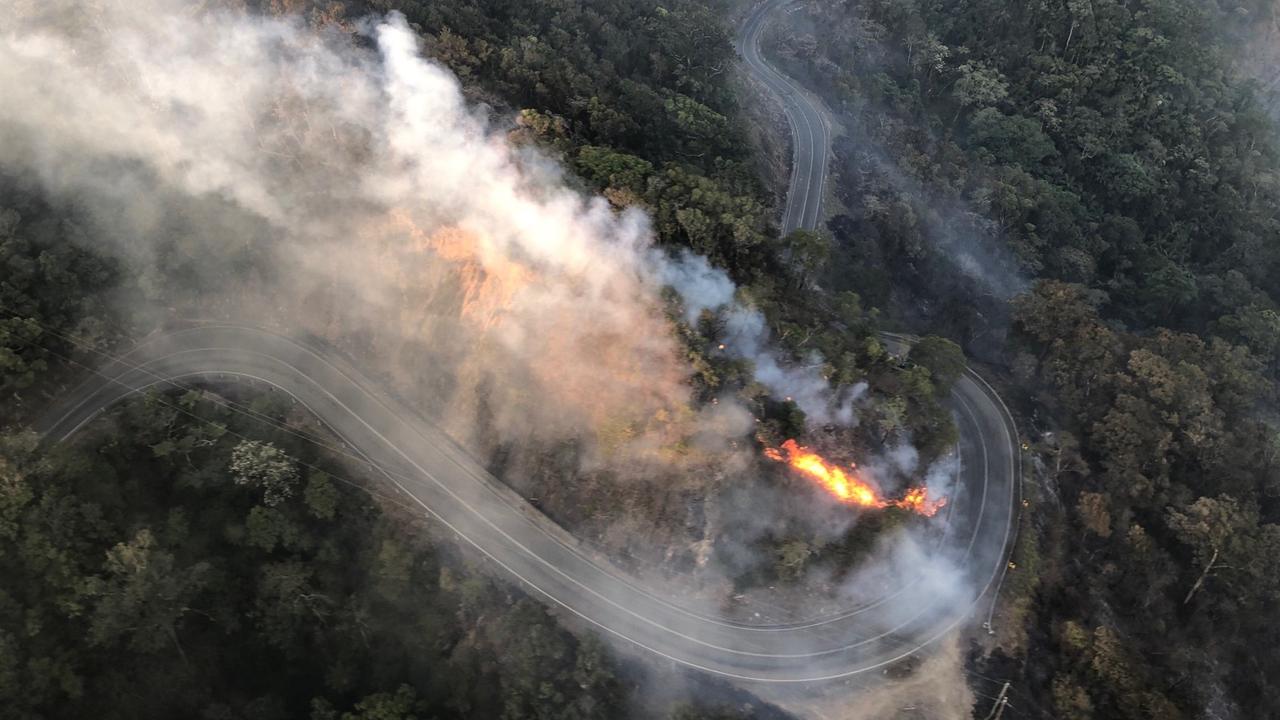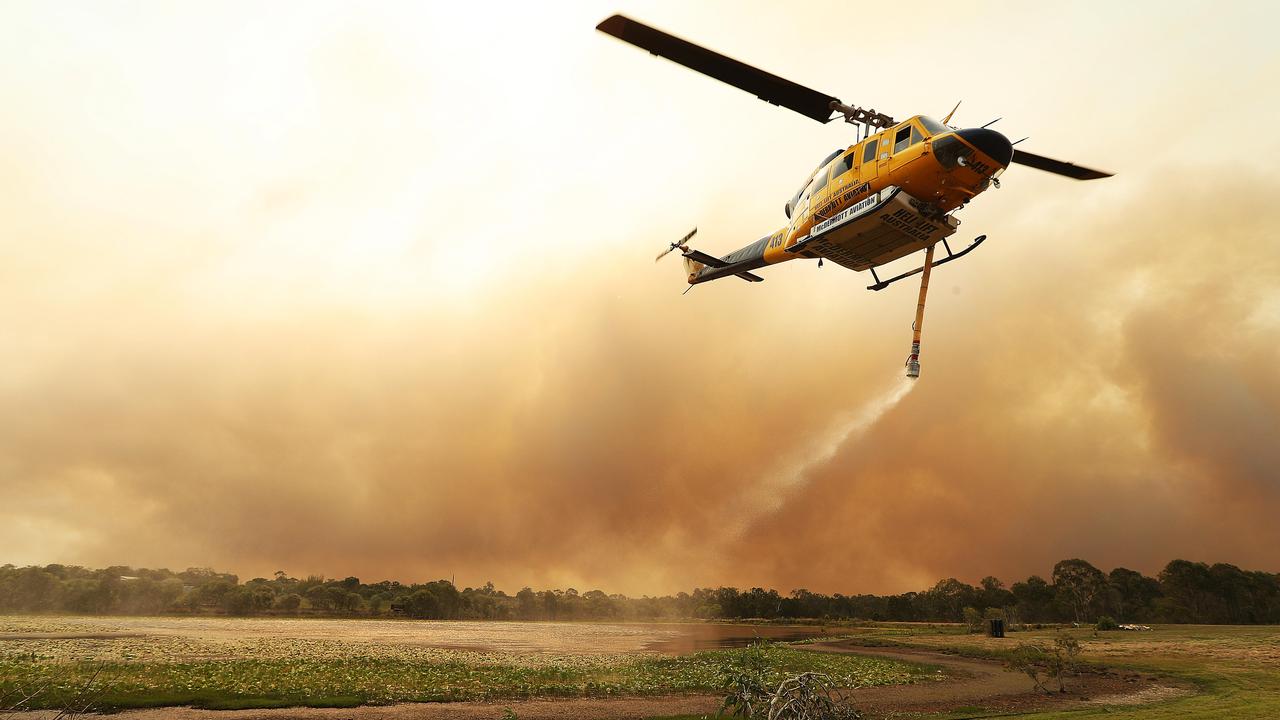Power network funding cuts blamed for bushfires
Elite bushfire investigators are looking at the role power poles and wires played in sparking the fires that destroyed 65 homes.

Elite bushfire investigators are looking at the role power poles and wires in the Essential Energy network played in sparking the devastating fires that destroyed 65 homes and damaged 48 others on the NSW far south coast this week.
The NSW Rural Fire Service’s investigations team is expected to release its preliminary findings into the cause of the fire today after several days on properties in the Reedy Swamp area, west of Tathra.
The fire would not be the first caused by electrical infrastructure; the 2013 Blue Mountains bushfires prompted a provisional $18 million court settlement after a class action by 700 residents; and the survivors of the 2009 Black Saturday bushfires in Victoria secured a $494m payout after taking power distributor SP AusNet and asset managers Utility Services Group to court.
Soaring temperatures and strong wind gusts are believed to have felled a powerline that sparked this week’s fire, which ultimately burned through more than 1050ha. The RFS was still putting out spot fires yesterday as residents were allowed back into the beachside town.
The union representing electrical workers has criticised the NSW government and the energy market regulator for “savage” cuts that are “putting NSW communities at risk”. Since 2012-13, capital spending by government-owned Essential Energy has fallen from $665.8m to $414.1m while net profit before tax rose from $499.2m to $750m.
“If the Rural Fire Service’s preliminary report finds that electricity infrastructure has played a role in starting the recent bushfires, it’s our view that the Australian Energy Regulator has a case to answer on how their funding cuts are placing NSW communities at risk,” said Justin Page, assistant secretary of the NSW Electrical Trade Union.
“The Australian Energy Regulator cut Essential Energy’s funding for maintenance and capital works by 38 per cent and we believe cuts of this size are likely to have contributed to the state of Essential Energy’s network infrastructure.
“The NSW government owns Essential Energy and has implemented savage cuts over the past five years, including slashing the workforce by 1700 people and reducing maintenance and capital works expenditure by more than $250 million since 2012-13.”
Essential Energy chief executive John Cleland said crews had been working “tirelessly” to restore the network that sustained significant damage, and added the company was co-operating with all investigations of the fire.
“Sunday’s extreme conditions caused significant damage to the electricity network and other infrastructure in the area and Essential Energy is aware of reports of trees falling onto powerlines during this weather event.
“Various authorities have begun investigations into the circumstances of the bushfire. Essential Energy is co-operating and assisting with these inquiries, However, we have not yet been able to fully access the fire ground to determine impacts on our network.
“Given the complex nature of the post-fire environment and ongoing investigations it is inappropriate at this stage to comment on the likely cause of the fire.”
Essential Energy operates one of the country’s largest electricity networks, delivering power to more than 800,000 homes.
NSW Police and Emergency Services Minister Troy Grant yesterday announced former Australian Federal Police chief Mick Keelty would lead a review of the fire. Meanwhile, the RFS is investigating the source, and local police and arson detectives are providing information for the NSW Coroner.





To join the conversation, please log in. Don't have an account? Register
Join the conversation, you are commenting as Logout